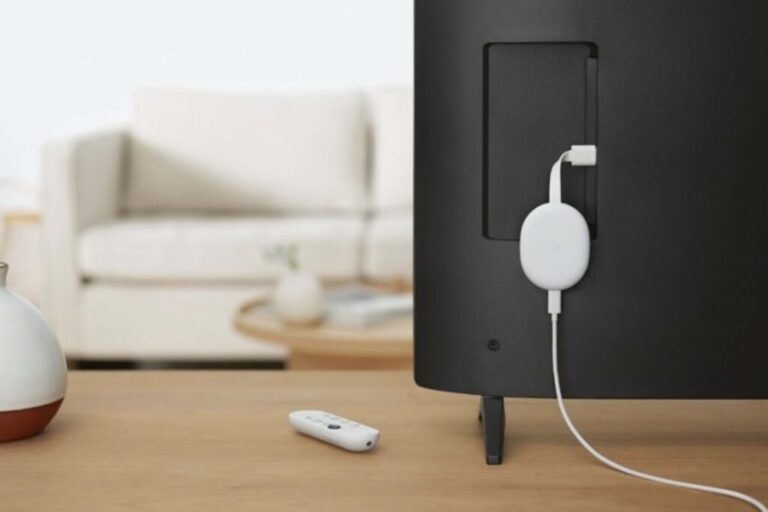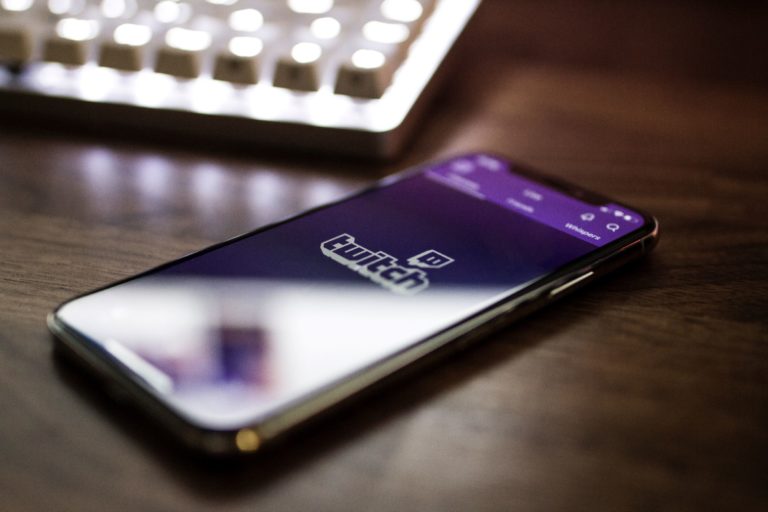Optus Mobile Review ALDI Mobile Review Amaysim Mobile Review Belong Mobile Review Circles.Life Review Vodafone Mobile Review Woolworths Mobile Review Felix Mobile Review Best iPhone Plans Best Family Mobile Plans Best Budget Smartphones Best Prepaid Plans Best SIM-Only Plans Best Plans For Kids And Teens Best Cheap Mobile Plans Telstra vs Optus Mobile Optus NBN Review Belong NBN Review Vodafone NBN Review Superloop NBN Review Aussie BB NBN Review iiNet NBN Review MyRepublic NBN Review TPG NBN Review Best NBN Satellite Plans Best NBN Alternatives Best NBN Providers Best Home Wireless Plans What is a Good NBN Speed? Test NBN Speed How to speed up your internet Optus vs Telstra Broadband ExpressVPN Review CyberGhost VPN Review NordVPN Review PureVPN Review Norton Secure VPN Review IPVanish VPN Review Windscribe VPN Review Hotspot Shield VPN Review Best cheap VPN services Best VPN for streaming Best VPNs for gaming What is a VPN? VPNs for ad-blocking Still, some ISPs (Internet Service Providers) are better for streaming than others. It’s near-impossible to say with certainty what your experience will be like with any given provider, but using the data supplied in the ACCC (Australian Competition and Consumer Commission) Broadband performance report, we can at least steer you in the right direction. But first, here’s a quick view of the plans offered by the best NBN providers for streaming in Australia. However, one score Optus continues to struggle to improve is its average latency. In the latest report, Optus placed sixth for latency. If you stuggle with ping and latency on Optus, you might be better off with Exetel, Superloop or Aussie Broadband (the top three performers for low latency). For Telstra, you’re getting more consistent typical download speeds during busy hours but less promising upload speeds and latency. You’re also paying that classic Telstra premium which is something worth considering when signing up for any NBN plan. Dodo and iPrimus both scored fourth place for typical upload speeads and average latency but only sixth place for typical download speeds. We recommend Dodo over iPrimus for the simple fact that its plans are currently cheaper, and that it allows you to bundle your internet with electricity and gas if you’re already a Dodo customer. For example, do you regularly use a PlayStation 5 or Xbox Series X? Well, both devices make for very capable streaming devices, with compatible apps for Netflix, Stan, Prime Video, Foxtel Now and many more. If you don’t have either of those (or any other streaming device/smart TV) then your best bet for our money is the Chromecast with Google TV. This dongle plugs straight into your television’s HDMI port and is operated entirely from the pack-in remote or your smartphone or tablet. It’s also capable of 4K streaming and one of the cheapest streaming media devices on the market, regularly retailing at around $99. If you’re a diehard Apple fan, you might swing towards the company’s 4K Apple TV. Then there are broadband bundles to consider. A selection of Telstra’s broadband plans include Telstra TV 3 (a rebadged Roku box) at no extra cost. It’s a decent little device with plenty of compatible apps, 4K streaming and an included remote control for those who don’t dig smartphone controls. If Telstra’s not your preference, there are a few broadband providers, including Optus, that offer Fetch TV bundles. When it comes to upload speeds, higher is always better for live-streaming. We’d recommend Fast NBN (100/40) connection where possible, and a Standard NBN (50/20) connection where possible. Note: Speeds quoted for SD, HD and UHD are a recommended speed for a stable stream, not minimum requirements. When it comes to upload speeds, higher is always better for live-streaming. We’d recommend Fast NBN (100/40) connection where possible, and a Standard NBN (50/20) connection where possible. Live-streaming on Twitch can use anywhere between 0.22GB and 1.57GB per hour, depending on the quality you stream in. Treated alone, that’s not so bad but it’s in addition to your regular data usage habits. If you live-stream in 1080p once per day, you will need to account for up to 48GB more (per month) than usual. YouTube’s data usage is a little more complicated. It ranges from 225MB per hour for low-quality 240p streaming to 15.98GB per hour for 2160p 4K streaming at 60fps (frames per second). Most will be streaming YouTube in 720p or 1080p, which can use up to 1.86GB and 3.04GB per hour, respectively For the sake of this article, let’s say you mainline Netflix. To give you an idea of how much data that will use, we’ll use two examples, Okja and Roma. Okja comes in at a modest 105 minutes. If you’re watching Okja in SD, you will use roughly 1.75GB all up. Around 5.25GB in HD and up to 12.25GB for 4K. Roma, on the other hand, is a little longer at 135 minutes. Streaming Roma in SD will use roughly 2.25GB, around 6.75GB in HD and up to 15.75GB in 4K. Things can escalate quite quickly when you start streaming in 4K. As shown above, 30 minutes difference can result in an additional 3.5GB of data usage.


